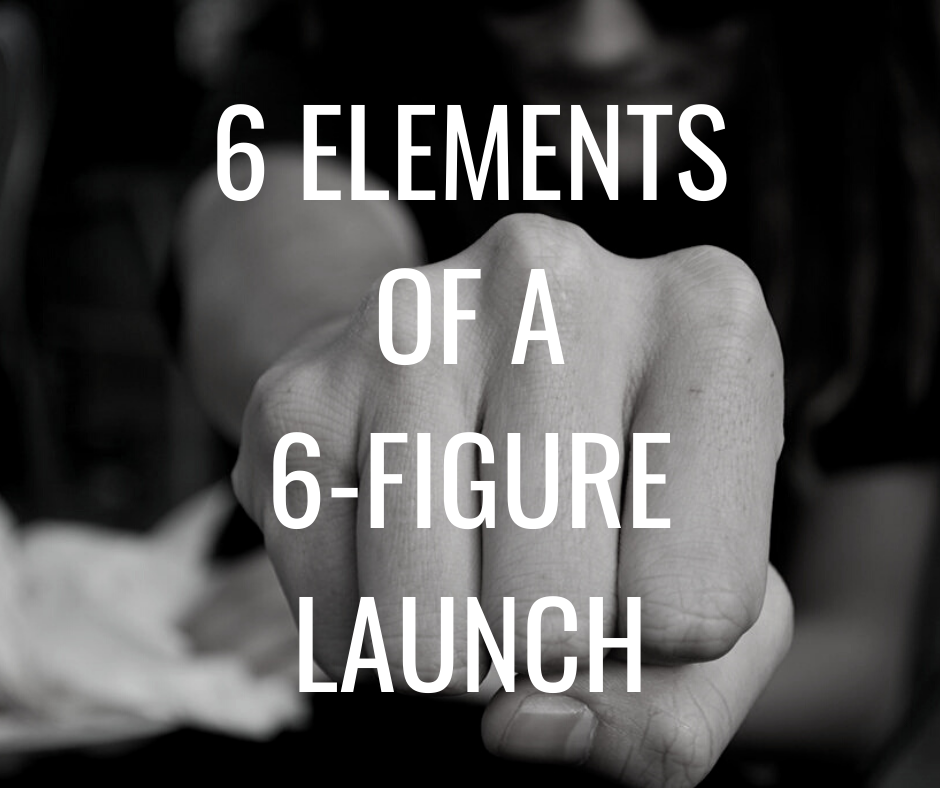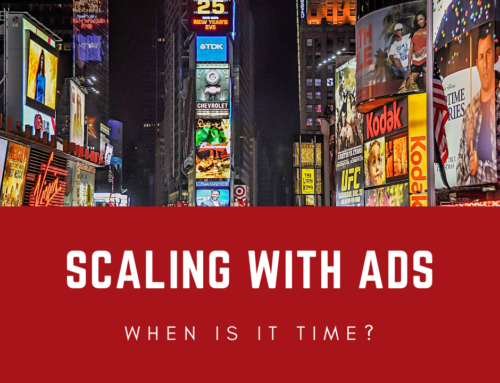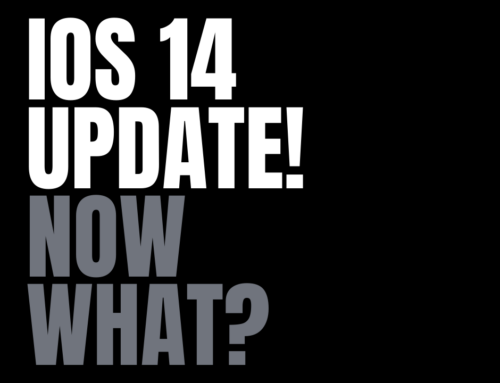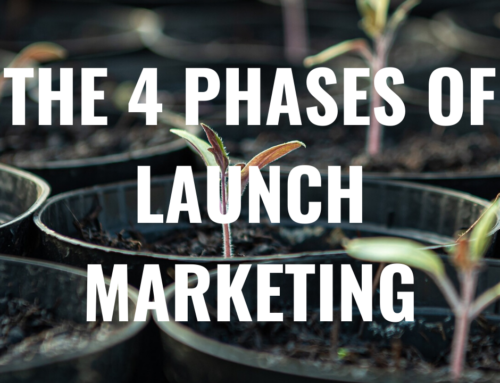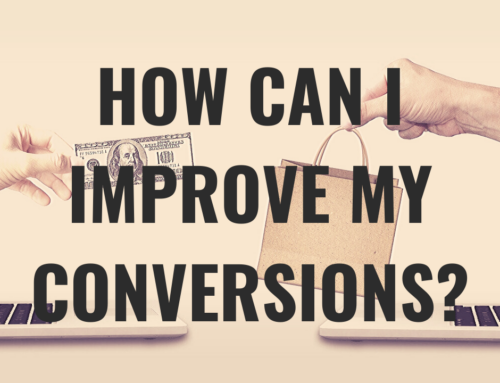A launch campaign can be a powerful thing that changes the entire nature of your business and your life as an entrepreneur forever. It can serve as that critical turning point at which a side hustle, hobby, or labor of love becomes the entirety of what you do and the source of most or all of your income.
But a successful, six-figure launch campaign doesn’t just happen. Plenty of attempted launches have crashed and burned – or just barely squeaked by with a win.
While every launch is different, if you’ve looked at launch campaigns that have really taken off and succeeded, you will see that there are some common characteristics that all of those tend to have – and if you want your launch to succeed, you would do well to make sure your launch has those elements!
Element 1: A Successful Beta Launch
A beta launch – also called a “seed launch” – is a simple, small-scale launch that is done prior to a full launch. A beta launch can involve paid outreach, but it should usually be a mostly organic thing, relying on outreach to your existing email list and social media followers.
The objectives of a beta launch are the following:
- Test the market to make sure people actually want your offer.
- Communicate with your followers to refine your offer so you can give them exactly what they want.
- Get some practice talking about your offer in a way that will actually drive sales.
- Get some sales under your belt at minimal cost to finance a full launch.
As an agency, when we see that a business has performed a successful beta launch, that’s gold. That gives us something that we can work with. If you haven’t performed a successful beta launch, you have no way of knowing that the market even wants what you’re offering. Even if it does, it can be very easy to get the messaging wrong without some trial and error.
Element 2: Hype and Expectation
Your launch offer shouldn’t just come out of the blue and drop on people. If your first messaging is to pitch your core offer, the majority of people will react with: “Huh?” And confused people don’t buy.
That’s why it’s important to build hype through your messaging and foster a feeling of expectation. If you can, you even want to tantalize. In our launches, we initially spend weeks doing this: we send out hype emails and other messaging that relates to our target audience’s needs, and we hint at how “something big” is in the works. We don’t say exactly what it is, though. It’s just big, and it relates to their interests and needs.
Element 3: Value
All of this messaging to create hype and expectation…that’s going out to your existing connections. But as noted previously, a full launch campaign is going to incorporate both organic and paid outreach. So what kind of content are you creating for your paid outreach?
What we do is build video nurturing sequences on Facebook. These are short videos that provide valuable content relevant to your target audience and your offer. We run these videos as ads and target a broad audience. We can then retarget the people who watch those videos later on.
The important thing about these videos is that they really need to provide value. They shouldn’t be salesy at all. You aren’t pitching anything at this point. All you’re doing is sharing information that will help your audience, establish yourself as an expert, and create a connection.
Element 4: A Launch Tool That Solves a Problem
When we say “launch tool,” we are referring to the thing we are driving traffic to with our launch. That will usually be a webinar, workshop, challenge, etc. We generally build our launches around something like this, offering it for free, and use it as a hook to get connections and draw people into the launch’s core offer.
When you write your hype emails, you will not be creating hype for your core offer. You will be creating hype for your launch tool. That is where you’re driving traffic. That being the case, when you deliver that webinar, workshop, or challenge, it had better be something worth getting hyped up about. The reality is that you won’t solve all of their problems in a single webinar, but you should certainly solve a problem. Your audience needs to get that feeling. Otherwise, they won’t trust you to provide any solutions that they would actually have to pay for.
Element 5: An Irresistible Offer
If you are using a launch tool such as a webinar, workshop, or challenge, at the end of that, you should be pitching an irresistible offer.
How do you know if your offer is “irresistible”? Well, ask the following questions:
- Have I clearly identified their problem?
- Have I made them deeply feel the pain of their problem?
- Have I convinced them that this is the solution to the problem?
- Have I positioned myself as the only person who can reliably provide the solution?
- Have I given them incentive to act now instead of later?
If you’ve done those things, you have an irresistible offer. And you will do those things in the content of your webinar or other launch tool.
Element 6: A Quantitative Strategy
So much of marketing is just about getting the numbers right. How much does it cost to get a registration? How many of those people will show up to the webinar? How many of those people will actually buy?
It’s great to say things like: “I want to make $100k on this launch.” That gives you something to work toward, and it can certainly be realistic. But it’s only realistic if it makes sense based on the actual numbers.
Whatever your conversion rate is in your beta launch, plan on your conversion rate from paid outreach being a bit lower, as those people aren’t going to be as warm and so don’t feel as strong of a connection to you as your organic following does.
Based on the conversion rate from your beta launch, you should be able to get a sense of how many webinar registrants you will need to get the sales you are looking for, and that is how you can gauge whether or not this whole thing is feasible.
A launch campaign can be a stressful and even overwhelming experience, but it doesn’t last too long…as is the nature of launches. And with that stress and overwhelm, there is still a lot of excitement and anticipation. We have a lot of fun with our launches, and one reason for that is that we implement the elements that make launches successful.


